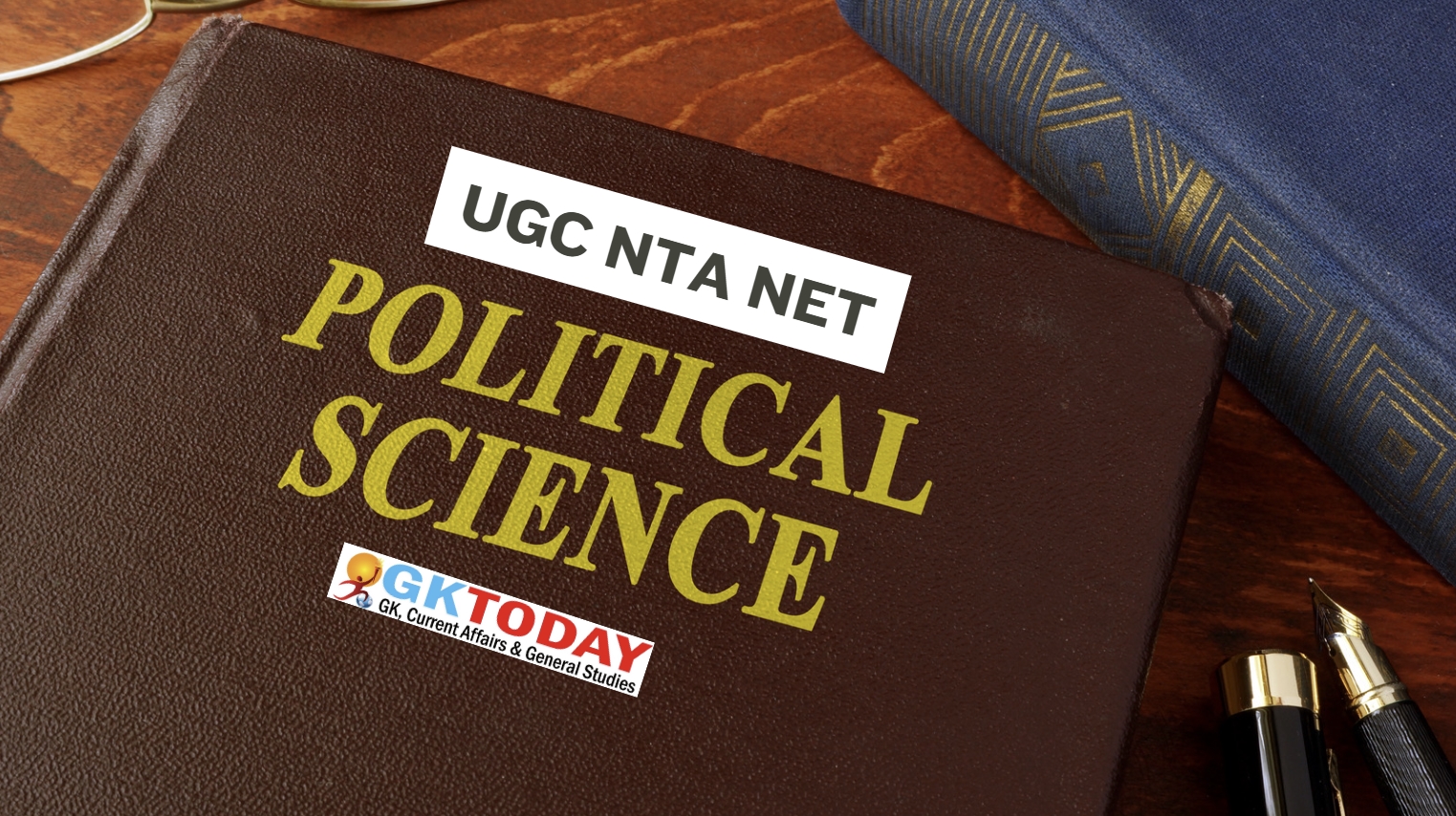UGC-NTA NET Political Science – Power in International Relations

The concept of power is central to the study of International Relations. It encompasses the ability to influence or control the behaviour of others and can manifest in various forms, including military, economic, political, and cultural power.
Definition of Power
Power in International Relations refers to the capacity of an entity to influence outcomes and behaviour. It can be categorised into several types:
- Military Power: The ability to use armed forces to achieve objectives.
- Economic Power: Control over resources, wealth, and trade.
- Political Power: Influence over governance and diplomatic relations.
- Cultural Power: The ability to shape ideas and values through culture.
Types of Power
Power can be classified into three main categories:
- Hard Power: Coercive strategies, including military force and economic sanctions.
- Soft Power: Persuasive strategies that attract and influence through culture and values.
- Smart Power: A strategic blend of hard and soft power approaches.
Sources of Power
The sources of power can be grouped into four primary categories:
- Military Power: The size, technology, and capabilities of a nation’s armed forces.
- Economic Power: Measured by GDP, trade relations, and financial resources.
- Political Power: Defined by governance structures, diplomatic influence, and international alliances.
- Cultural Power: Influence exerted through media, education, and cultural exports.
Theories of Power in International Relations
Several theories provide frameworks for understanding power dynamics:
- Realism: Focuses on state power and national interest, asserting that power is the primary concern in IR.
- Liberalism: Emphasises cooperation and international institutions, suggesting that power is not the only factor affecting relations.
- Constructivism: Argues that power is socially constructed, shaped by ideas and identities.
Power Dynamics
Power dynamics involve the interaction of various power forms and their implications:
- Balance of Power: A system where power is distributed among nations to prevent any one state from dominating.
- Power Transition Theory: Suggests that conflicts arise when a challenger rises to equal or surpass a dominant power.
- Power Cycle Theory: States experience cycles of rising and falling power, impacting international order.
Measurement of Power
Power can be quantitatively assessed using several indices:
- Composite Index of National Capability (CINC): Evaluates military, economic, and demographic capabilities.
- Global Power Index: Assesses countries based on military strength, economic resources, and diplomatic influence.
Power in International Organisations
Power dynamics are also evident within international organisations:
- United Nations: Power relations among member states, particularly influenced by the permanent members of the Security Council.
- NATO: A military alliance showcasing collective power among member states.
- World Trade Organization (WTO): Economic power dynamics play role in trade negotiations.
Power and Globalization
Globalisation has transformed traditional concepts of power:
- The rise of non-state actors, such as multinational corporations and NGOs, challenges state-centric power.
- Networked power structures are becoming more prevalent, shifting the focus from state power alone.
Power and Security
Power is closely linked to security:
- National Security: Power is essential for ensuring a state’s survival and territorial integrity.
- Human Security: A broader concept that includes economic, food, health, environmental, and personal security.
Challenges to Traditional Power
Emerging challenges to traditional power structures include:
- The rise of emerging powers, particularly BRICS nations (Brazil, Russia, India, China, South Africa).
- The impact of cyber power and information warfare on traditional military capabilities.
- Climate change, which poses threats to national and global security.
Case Studies
Several case studies illustrate power dynamics in action:
- U.S. Hegemony Post-Cold War: The United States emerged as a dominant global power following the Cold War.
- China’s Rise: China’s rapid economic growth has positioned it as global power.
- European Union’s Role: The EU plays important role in global governance, balancing power among member states.
Key Scholars and Concepts
Several influential scholars have shaped the discourse on power:
- Hans Morgenthau: Emphasised power as the primary currency in international politics.
- Joseph Nye: Introduced the concept of soft power, denoting its implications for global influence.
- Kenneth Waltz: Developed neorealism, focusing on the structure of international power relations.
Contemporary Issues Related to Power
Current global issues reflect shifts in power dynamics:
- Power shifts in the Indo-Pacific region are reshaping international relations.
- Technological advancements, such as AI and cyber capabilities, are redefining power structures.
- The role of international law is critical in regulating power dynamics and ensuring cooperation among states.
The interplay of hard and soft power, the impact of globalisation, and the emergence of new challenges all contribute to the evolving landscape of power in the modern world.


![Administrative and Budgetary Control [UGC-NTA NET Political Science]](https://i0.wp.com/www.gktoday.in/wp-content/uploads/2015/11/Administrative-and-Budgetary-Control-UGC-NTA-NET-Political-Science-1737704848.jpg?resize=75%2C50&ssl=1)



